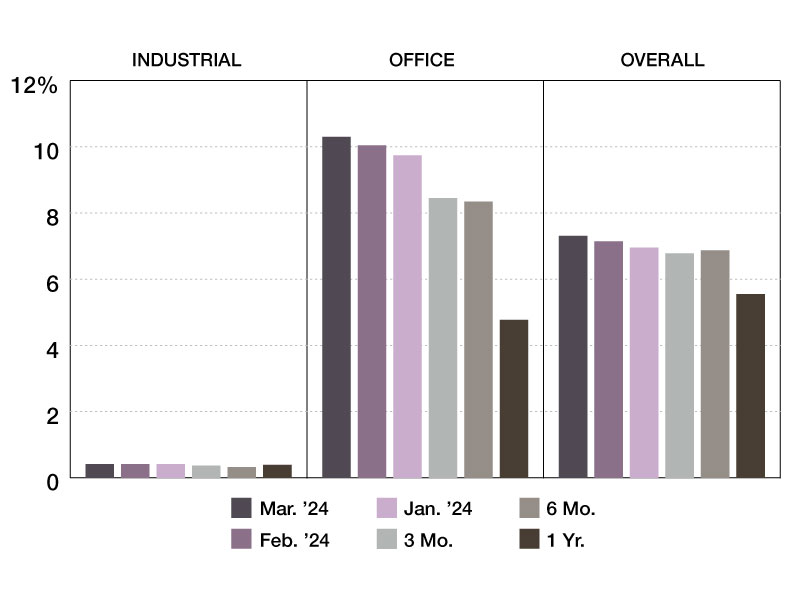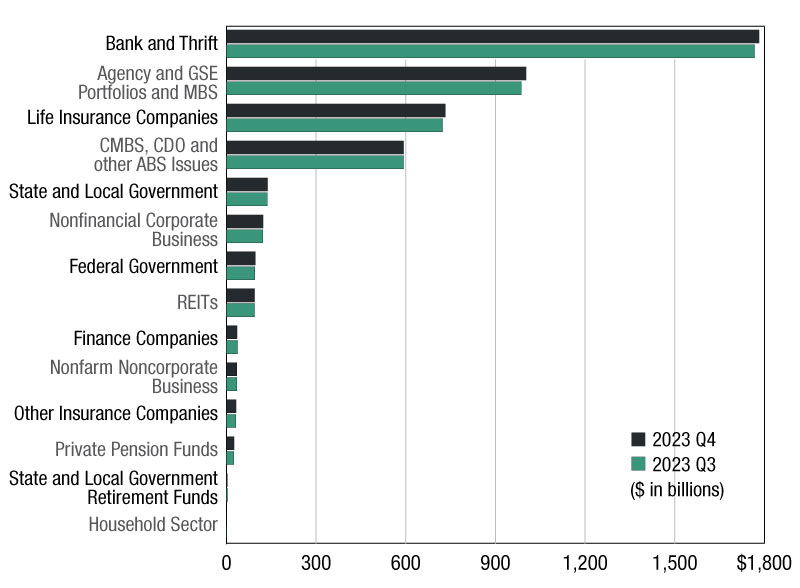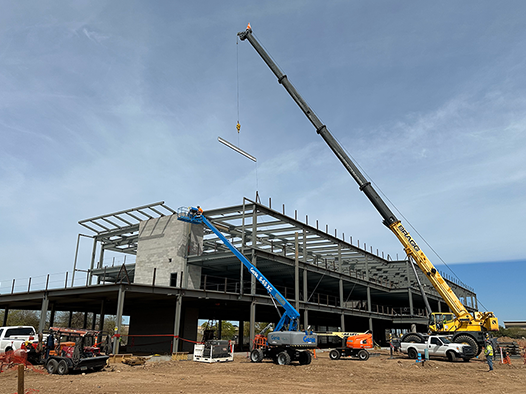Structuring Real Estate Joint Ventures: A Developer’s Perspective
Developers and sponsors seeking acquisitions and/or development of new real estate projects have long recognized the benefits of attracting a capital partner suitable for its needs, especially now when the acquisition and project costs have escalated dramatically, especially in gateway cities where the sudden price increases are most acute: New York, San Francisco, Los Angeles and Miami.
By Chuck D. Brecker Esq., Arnstein & Lehr LLP
 Developers and sponsors seeking acquisitions and/or development of new real estate projects have long recognized the benefits of attracting a capital partner suitable for its needs, especially now when the acquisition and project costs have escalated dramatically, especially in gateway cities where the sudden price increases are most acute: New York, San Francisco, Los Angeles and Miami. Even well-heeled developers and investors are loathe to undertake risks of developing many projects, however optimistic and rosy it all appears at the outset. In order to mitigate at least a portion of that risk, and not entirely deplete its cash reserves, it is often advisable for the developer or sponsor to align itself with a capital partner, especially if debt or other structured financing is also required. It is within that framework that we intend to ruminate about many of the critical components one would encounter in negotiating the best arrangement for such developer or sponsor to couple with an equity source.
Developers and sponsors seeking acquisitions and/or development of new real estate projects have long recognized the benefits of attracting a capital partner suitable for its needs, especially now when the acquisition and project costs have escalated dramatically, especially in gateway cities where the sudden price increases are most acute: New York, San Francisco, Los Angeles and Miami. Even well-heeled developers and investors are loathe to undertake risks of developing many projects, however optimistic and rosy it all appears at the outset. In order to mitigate at least a portion of that risk, and not entirely deplete its cash reserves, it is often advisable for the developer or sponsor to align itself with a capital partner, especially if debt or other structured financing is also required. It is within that framework that we intend to ruminate about many of the critical components one would encounter in negotiating the best arrangement for such developer or sponsor to couple with an equity source.
This analysis will begin by highlighting some of the essential elements needed for a developer or sponsor to JV an acquisition and/or development of a real estate project anywhere in the country, with the expectation that the capital partner will perfectly align with the developer’s/sponsor’s development expectations. Within that context, a developer needs some true business (and legal) insight as to what elements of the negotiation should be viewed as “non-negotiable” vs. a myriad of more nuanced matters to be agreed-to between the developer/sponsor and the capital partner.
The most complex arrangements are those arising out of a project involving construction and development, rather than the somewhat vanilla acquisition of an office building, shopping center, or rental apartment community. Most of the difficulties which may be encountered by either or both of the partners will typically emanate from a newly created project or the redevelopment of an existing project.
At the outset, entity choice, typically a Limited Partnership or LLC, is often determined by the usual factors: taxes, lender requirements, and securities requirements. The initial and somewhat rudimentary basics are:
- Articles of Org. & Operating Agreement (LLCs) or Certificate of Limited Partnership for Limited Partnerships
- Place of filing normally “home state” of developer or capital partner or Delaware (NY often choice of private equity firms based in NY)
- Be wary of “SPE” requirements, where bankruptcy-remote entities will be mandated
- Is this a one-off arrangement or negotiated as part of a series of JVs?
- Will the sponsor prefer not to dilute its ownership interest (i.e. granting an interest in the venture in exchange for capital injection) and instead opt to obtain mezzanine financing?
Presuming the parties elect to form an LLC (probably 90 percent or more of new Real Estate JVs), then the terms and provisions included (or unintentionally excluded) from a well-drafted Operating Agreement or Partnership Agreement can result in major discord between the venturers, including unnecessary litigation. As such, each of the following items should be thoughtfully considered and addressed in the Operating Agreement or Partnership Agreement.
- Negotiated Terms
- Issuance of new interests; preemptive rights for existing members
- Management/Major Decisions
- Consent of partner & consequences of breach
- Fee Structure
- Distributions & Allocations
- Promotes
- Typical Terms
- Identification of members/partners
- Description of JVs purpose and description of “project,” as applicable
- Capital contributions
- Change of control restrictions
- Percentage Interest of each member
- Transfer of Interest Restrictions
- State of formation; registered agent
- Reps & Warranties of Developer & Capital Partner
- Any prohibition as to other ventures?
- Confidentiality/Publicity rights
- Fees (development, management, and/or sales & marketing)
- Preferred returns; waterfalls and distributions
- Profit participation
- “Catch-up” and “claw-back” provisions
- Permitted transfers of Interests
- Permitted Encumbrances
- Hurdle Rates / IRR; how is this calculated, compounded or cumulative?
- Return of Capital
- Critical Terms
- Time expectations for completion of project & stabilization; impact of project entitlements; GC contract and bank financing
- Consent Rights
- Guaranty of bank or other debt (including intra-partnership equity) and credit enhancements
- Management and Major Decisions
- Exit Strategy
- Buy / Sell provisions
- Dissolution
- ROFO, ROFR & “PUT” provisions
- Release Prices of Units / Lots, Parcels or Density
Clearly, the sponsor or developer must negotiate numerous critical deal points, to be included in the Operating Agreement or ancillary contracts, and the dynamics of those negotiations will flow from the relative strength of the sponsor or developer vs. its intended capital partner. Factors which will be in play are:
- Quality, experience & financial heft of sponsor and project desirability
- Type of Project & Location
- Risk of completion
- Status of entitlements
- GC & performance bond
- Tax benefits, SAD’s; CDD’s or other tax improvement districts
- Area Competition / Radius Restrictions
- Management – day-to-day control vs. “major decisions” requiring consent
- Often the developer gains greater leverage following more capital being injected by developer
- Speed of decision-making by capital partner
- Reporting (transparency always helpful)
- Key personnel
- Create an Operating Agreement / Limited Partnership Agreement for governance, containing as many concrete terms and provision as possible in order to avoid conflict down the road.
- Expected Debt and Restrictions, noting credit officers of banks and other institutional lenders have recently become much more conservative.
Establishing each party’s respective role in the venture, addressing rights and obligations and how they are invoked, invariably leads to the essential questions – “who proposes a “major decision” for the venturer; is such decision warranted; and what happens when the venturers do not agree? Is this occurring out of a sponsor’s concern that a project is not meeting expectations, financial or otherwise? Should that matter? Even when business relationships are thriving, they often sour as a consequence of harsh differences that can percolate when any milestone date or event, or performance level of the project, falls short. A synopsis of how this evolves in a real project setting is noteworthy, and an overview of major decision engineering is fruitful. Moreover, who proposes major decisions and what transpires after the venturers fail to agree is critical.
- Typical Major Decisions:
- Acquisition of property
- Sale of Property
- Debt or structured finance
- Tax-incentives or submittal to some form of development district
- Capital contributions
- Plan for development, if applicable
- Major contracts, leases & licenses
- Identity of property manager; sales/leasing brokerage firm; various consultants (architect, planner, civil & structural engineers, environmental engineer, etc.)
- Agreements with Affiliates
- Project budgets
- Distributions/reserves
- Bankruptcy/dissolution / assignment for benefit of creditors
- Will non-agreement as to “consent” trigger buy/sell?
Unquestionably the developer’s counsel will need to push back on a broad menu of events as permitting the “removal” of the developer as the Manager or General Partner of the JV. You can expect that the capital partner will, however, insist upon most, if not all, of the following as causes for removal:
- Committing certain felonies or other “bad boy acts,” such as misapplication of funds, waste; and failure to insure and/or pay RE taxes & assessments
- Causing loan default under bank loans, material contracts, land use entitlements, etc.
- Failure to make capital contributions or achieve certain milestones or RR for project development
- Fraud or gross negligence or intentional tort
- Non-compliance w/permits, licenses & approvals
Some ancillary factors should also be considered during the negotiating process:
- Removals “for cause” vs. “without cause”
- Developer must negotiate as many cure rights as possible, with reasonable notice provisions
- Default by Pres./CEO different than low-level employee
- Developer must be aggressive in negotiating very few removal rights
- No forfeiture of equity–just promote
What are the usual consequences of removal?
- Loss of control or voting rights
- Dilution of interest
- Loss of Promote and/or development fees
- Possible impact on right to receive, promote, “preferred returns” & fees, and the like
- Termination of affiliate agreements
- Personal or parent guaranty being triggered
In summary, my advice to a sponsor or developer is to secure knowledgeable counsel that is well-versed in the structuring of project entities for real estate developers and capital partners in a fashion which does not materially restrict developer’s ability to build and complete its project. Note that every relationship is enhanced when an agreement between them is clear and encompasses a multitude of possible changes which may evolve. Good Luck!
Chuck D. Brecker is a partner in the Miami office of Arnstein & Lehr and is a member of the firm’s Commercial & Real Estate Finance Transactions and Real Estate Practice Groups.







You must be logged in to post a comment.